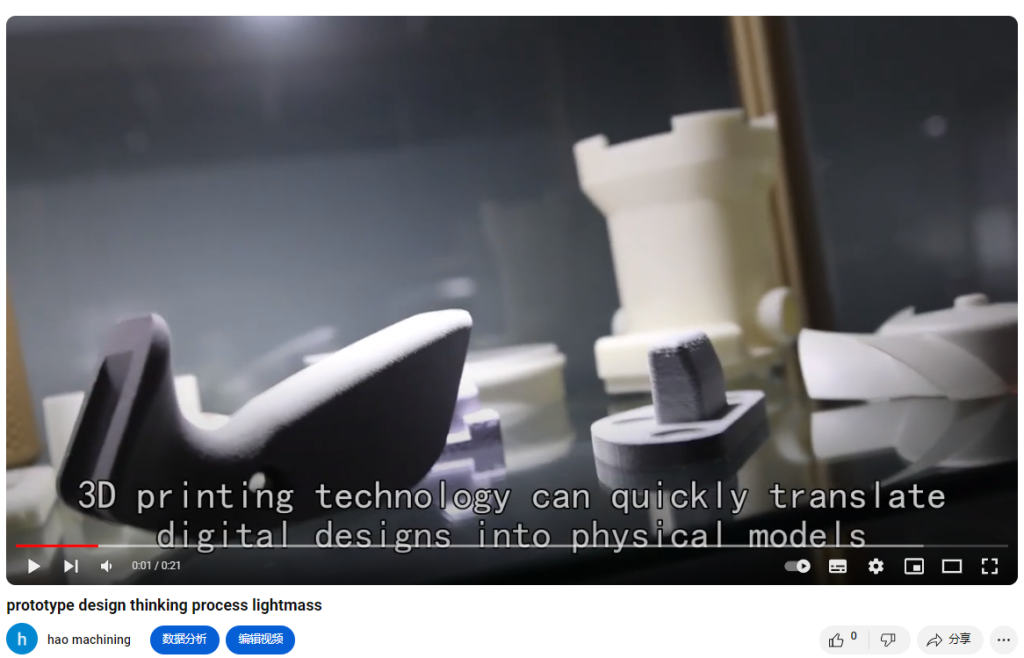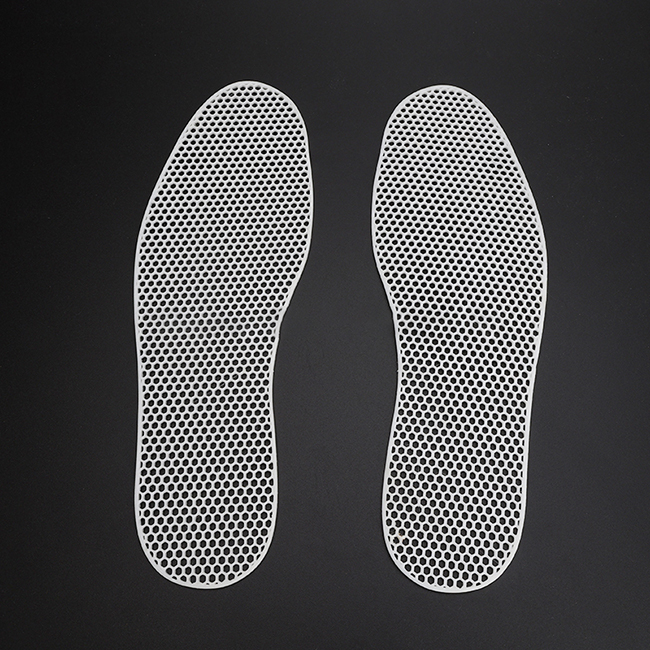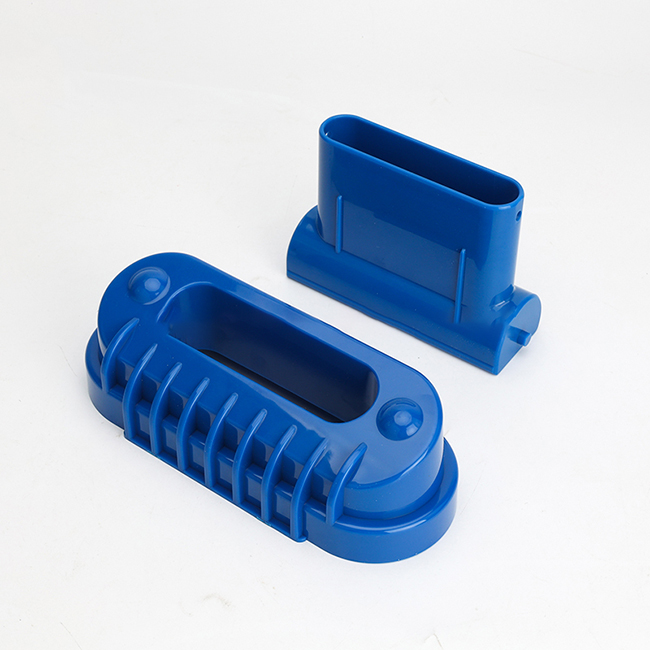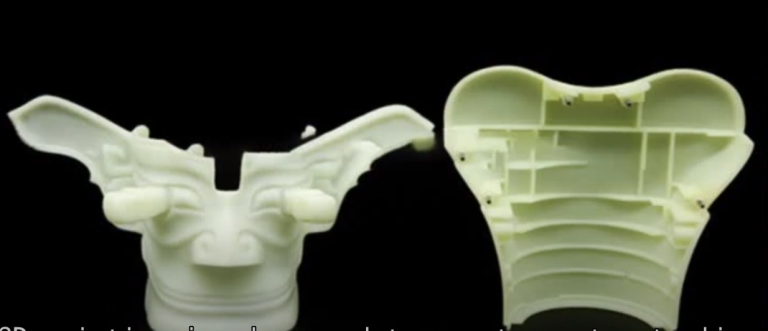
1. Empathize In the design thinking process, empathy is the foundation. It involves understanding the users’ needs, motivations, and challenges. This stage typically includes activities such as interviews, observations, and immersing oneself in the users’ environment to gather insights.
2. Define Once insights are gathered, the next step is to define the problem or challenge clearly. This stage involves synthesizing the information gathered during the empathy phase to identify the core issues that need to be addressed.
3. Ideate Ideation is about generating a wide range of possible solutions to the defined problem. This phase encourages creativity and divergent thinking. Techniques like brainstorming, mind mapping, and sketching are commonly used to explore different ideas.
4. Prototype Prototyping is a crucial step in the design thinking process where ideas are converted into tangible representations. The goal is to create quick, inexpensive versions of the product or solution to explore and validate ideas. Key aspects of prototyping include:






